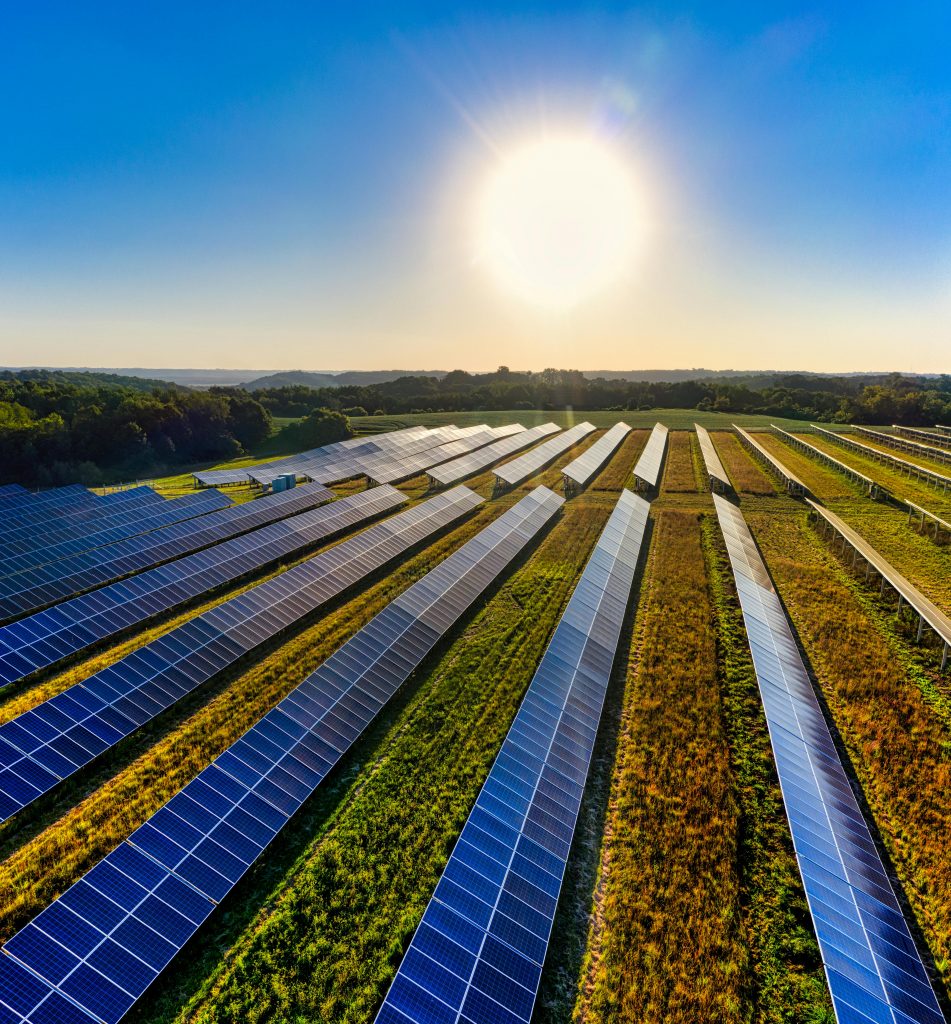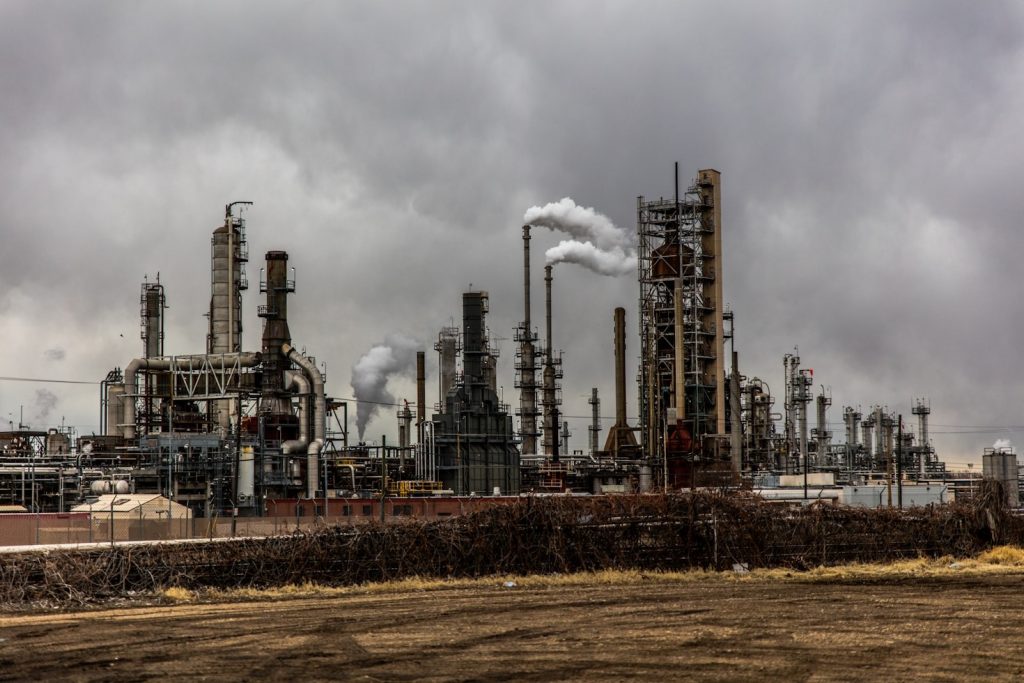As climate change intensifies, communities around the world are being forced to adapt to unprecedented challenges—rising sea levels, extreme weather events, and shifting resource availability. While technology and grassroots action play a role, forward-thinking policies are often the catalyst that determines whether communities merely survive or truly thrive in the face of these disruptions. Policy innovations, when designed with resilience at their core, can help safeguard livelihoods, strengthen infrastructure, and promote equity in vulnerable regions. In this post, we’ll explore how governments, organizations, and local leaders are reimagining policies to create climate-resilient communities—and why these innovations are critical to building a sustainable future for all.
“Resilience begins not with strength, but with vision—the courage to shape policies today that safeguard tomorrow’s communities.”
At the heart of climate resilience lies the ability to anticipate risks and embed adaptability into the fabric of community life. For instance, progressive policies such as climate-smart urban planning, investment in green infrastructure, and incentives for renewable energy adoption are already reshaping how cities and towns prepare for future challenges. Countries like the Netherlands, with its integrated water management systems, or Rwanda, with its forward-looking green growth strategies, demonstrate how policy frameworks can turn vulnerability into opportunity. These examples show that when governments act decisively, they not only protect their citizens from climate shocks but also unlock pathways to sustainable growth and innovation.


Still, the question remains: if policy innovation is such a powerful tool, why isn’t it more widely implemented? The reality is that political will, economic constraints, and competing interests often slow down the pace of change. Some critics argue that large-scale policy reforms can be too costly or disruptive, especially for developing nations with limited resources. Others point out that policies without strong community engagement risk becoming symbolic gestures rather than real solutions. These perspectives highlight the complexity of creating climate-resilient communities—success requires not only innovative ideas but also collaboration, inclusivity, and a long-term commitment from both leaders and citizens. By acknowledging these challenges, we gain a clearer view of what it will take to turn promising policies into lasting impact.
Key Insights
Building climate-resilient communities is not just a policy challenge—it’s a collective responsibility that demands foresight, collaboration, and courage. From innovative planning strategies to inclusive frameworks that empower local voices, the most effective policies are those that bridge immediate needs with long-term sustainability. The key takeaway is clear: resilience isn’t built overnight, but every step toward smarter, more adaptive governance helps secure a safer, more equitable future. As readers, whether we engage in local advocacy, support sustainable initiatives, or simply stay informed, each of us has a role to play. Together, by embracing forward-thinking policies, we can transform vulnerability into strength and ensure that communities everywhere are prepared to thrive in the face of a changing climate.


Leave a Reply